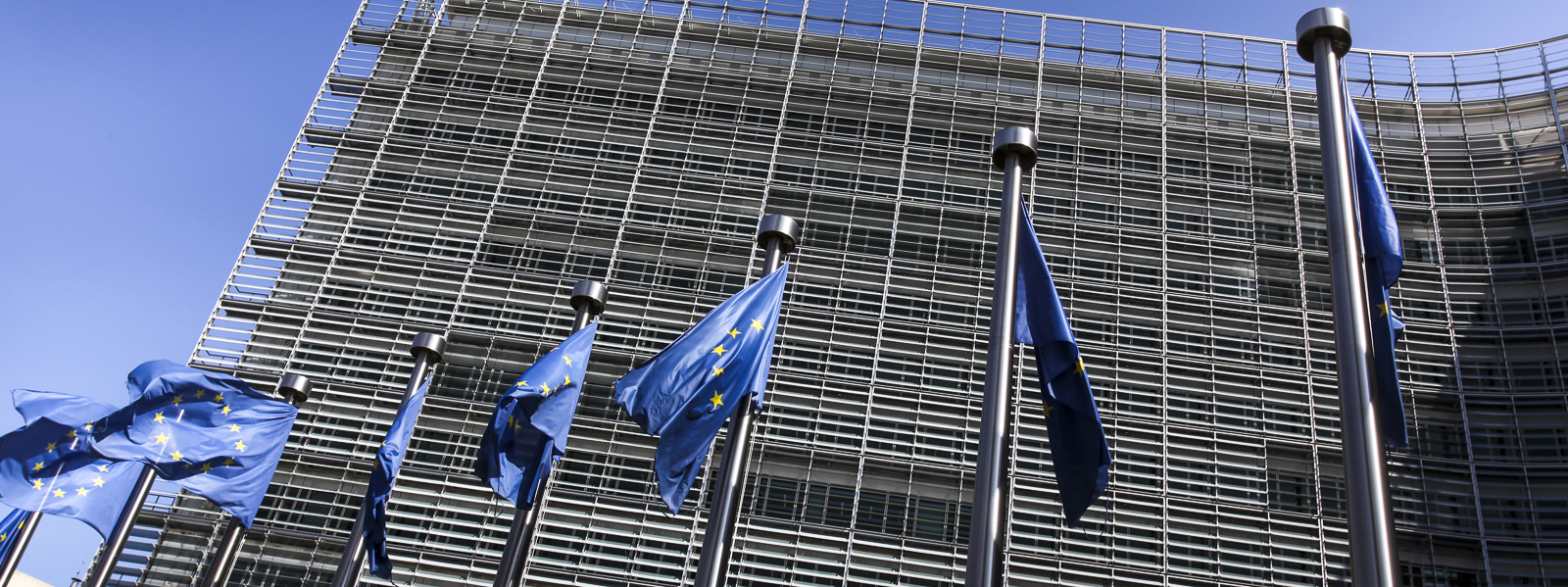European integration and the quest for access to external natural resources, 1945–2015
Duration: 2016-2019
Funding: The Research Council of Norway
Principal investigators: Mats Ingulstad
Researchers: Bjørn Lien Bakke (PhD)
Project summary
As a hybrid form of governance, a cross between a super state and a regional market, the EU has grown from a limited agreement to pool the coal and steel resources of six countries in 1951, to a union of 28 economically diverse countries, which constitutes the world's largest trading bloc. Due to the quirks of geology, the member states have shared at least one characteristic throughout the EU´s history: The near-total dependency on imports of critical raw materials of which there are no deposits underneath the European soil. The overall aim of this project is to uncover whether the realities of import dependency have forced the member states to work together, through either intergovernmental cooperation or supranational institutions, as well as how these choices have influenced the evolution of both the EU and the international order.
Image: EU Brussels, copyright Finnur Malmquist, licensed under Creative Commons, https://goo.gl/VItd8d

